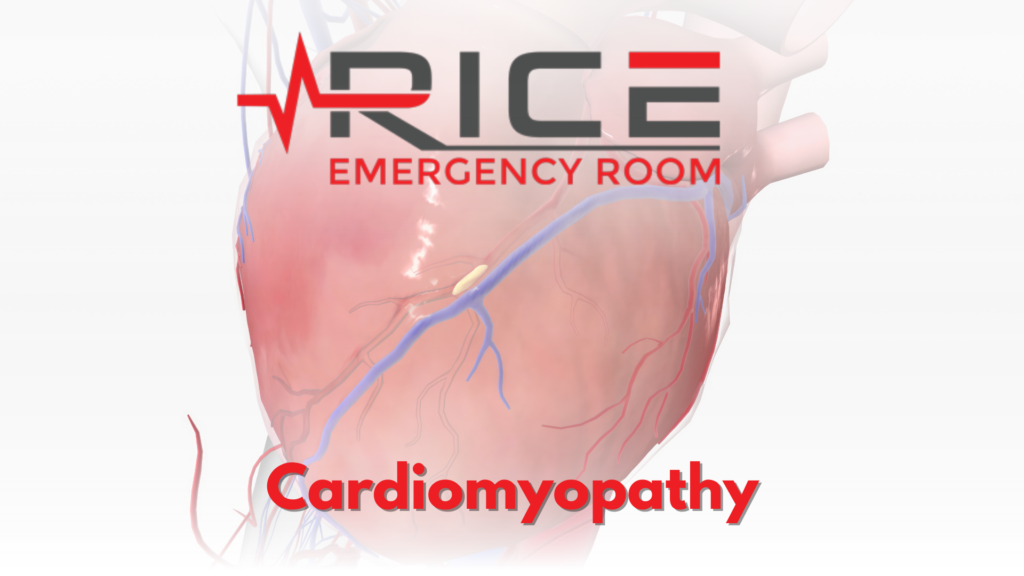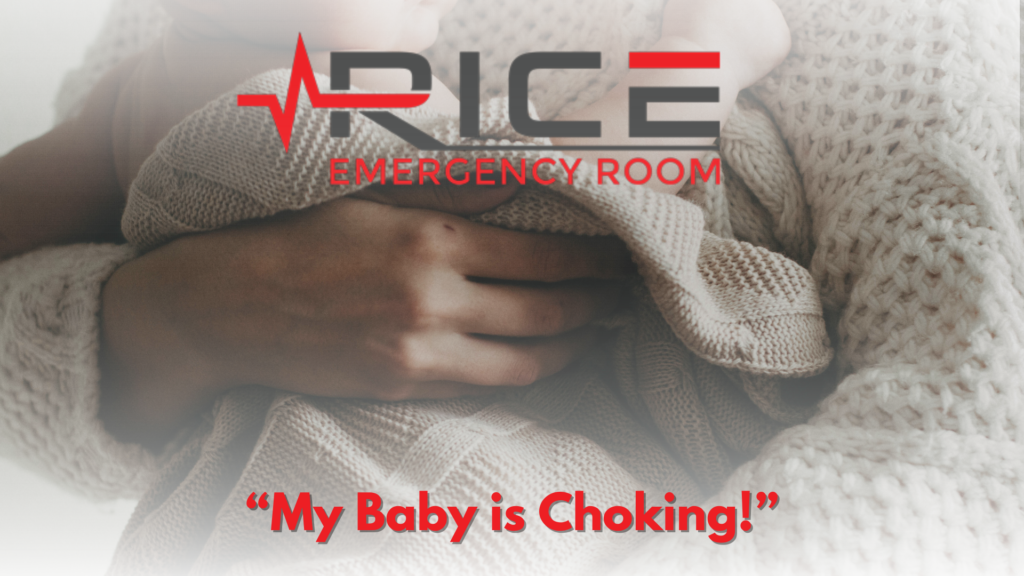Staph Infection, also known as Staphylococcus Aureus, is a type of bacteria that can cause various infections, ranging from minor skin issues to severe illnesses. Staph infections are particularly concerning due to their potential to progress into Methicillin-resistant Staphylococcus aureus (MRSA), a more challenging and dangerous condition. This article explores the causes, symptoms, treatments of staph infections, and the groups most at risk, drawing from authoritative sources.
Causes of Staph Infections
Staph bacteria are typically found on the skin or in the nose of healthy individuals without causing harm. However, these bacteria can become problematic when they enter the body through cuts, abrasions, or other breaches in the skin. Factors that can increase the likelihood of a staph infection include compromised immune systems, chronic conditions like diabetes, and the presence of invasive devices such as catheters or surgical implants (Cleveland Clinic).
The bacteria can spread through direct contact with an infected person or through contact with contaminated objects. This makes environments like hospitals, gyms, and nursing homes hotspots for staph transmission. Personal hygiene practices, such as regular handwashing and covering wounds, play a crucial role in preventing infection.
Symptoms of Staph Infections
Staph infections manifest in various forms, often starting with minor skin irritations. Common symptoms include boils, impetigo, and cellulitis. Boils are painful, pus-filled lumps that form under the skin, while impetigo is characterized by red sores that rupture, ooze, and form a yellow-brown crust. Cellulitis involves a deeper skin infection, leading to redness, swelling, and tenderness of the affected area (WebMD).
In more severe cases, staph bacteria can enter the bloodstream, causing bacteremia or sepsis, which are life-threatening conditions. Symptoms of a serious staph infection include high fever, chills, low blood pressure, and a rash. Immediate medical attention is critical when these symptoms appear, as the infection can spread to organs and bones, leading to conditions like endocarditis, osteomyelitis, or pneumonia (Cleveland Clinic).
Progression to MRSA
MRSA is a type of staph bacteria resistant to many antibiotics commonly used to treat staph infections. This resistance makes MRSA more difficult to treat and more dangerous than regular staph infections. MRSA can develop from a regular staph infection, particularly when antibiotic treatments are misused or overused, allowing the bacteria to evolve and resist standard medications.
MRSA infections can present similarly to other staph infections, with skin manifestations like boils or abscesses. However, they are more likely to become severe and spread rapidly. The symptoms of a MRSA infection are often more intense and harder to manage, necessitating different treatment strategies (Mayo Clinic).
Treatments for Staph and MRSA Infections
Treating a staph infection depends on its severity. Minor skin infections are usually managed with topical antibiotics and proper wound care. More severe infections may require oral antibiotics, and in cases where the infection is extensive or has formed abscesses, surgical drainage might be necessary (Cleveland Clinic).
For MRSA infections, treatment options are limited due to antibiotic resistance. Healthcare providers might use stronger antibiotics, such as vancomycin or linezolid, and treatment often requires hospitalization to manage complications and monitor the patient’s response to therapy. Preventive measures, including strict hygiene practices and responsible antibiotic use, are essential to control the spread of MRSA (Mayo Clinic).
Who Gets Staph Infections?
Staph infections can affect anyone, but certain groups are at higher risk. Individuals with weakened immune systems, such as those undergoing chemotherapy, living with HIV, or suffering from chronic diseases like diabetes, are more susceptible. Athletes, particularly those involved in contact sports, are at risk due to the potential for skin abrasions and close physical contact.
Hospital patients, especially those with surgical wounds or invasive devices, are also at increased risk. Additionally, people living in crowded or unsanitary conditions, such as military personnel in barracks or individuals in correctional facilities, face higher exposure risks (WebMD).
Conclusion
Understanding the causes, symptoms, and treatments of staph infections, including the potential progression to MRSA, is crucial for effective prevention and management. Awareness and adherence to hygiene practices, proper wound care, and responsible antibiotic use are vital in reducing the incidence and severity of these infections. By recognizing the signs early and seeking appropriate medical care, individuals can mitigate the risks associated with staph and MRSA infections.
Works Cited
Cleveland Clinic. “Staph Infection (Staphylococcus Infection).” *Cleveland Clinic*, https://my.clevelandclinic.org/health/diseases/21165-staph-infection-staphylococcus-infection.
WebMD. “Staph Infections and Cellulitis.” *WebMD*, https://www.webmd.com/skin-problems-and-treatments/staph-infection-cellulitis. Mayo Clinic. “MRSA infection – Symptoms and causes.” *Mayo Clinic*, https://www.mayoclinic.org/diseases-conditions/mrsa/symptoms-causes/syc-20375336.




